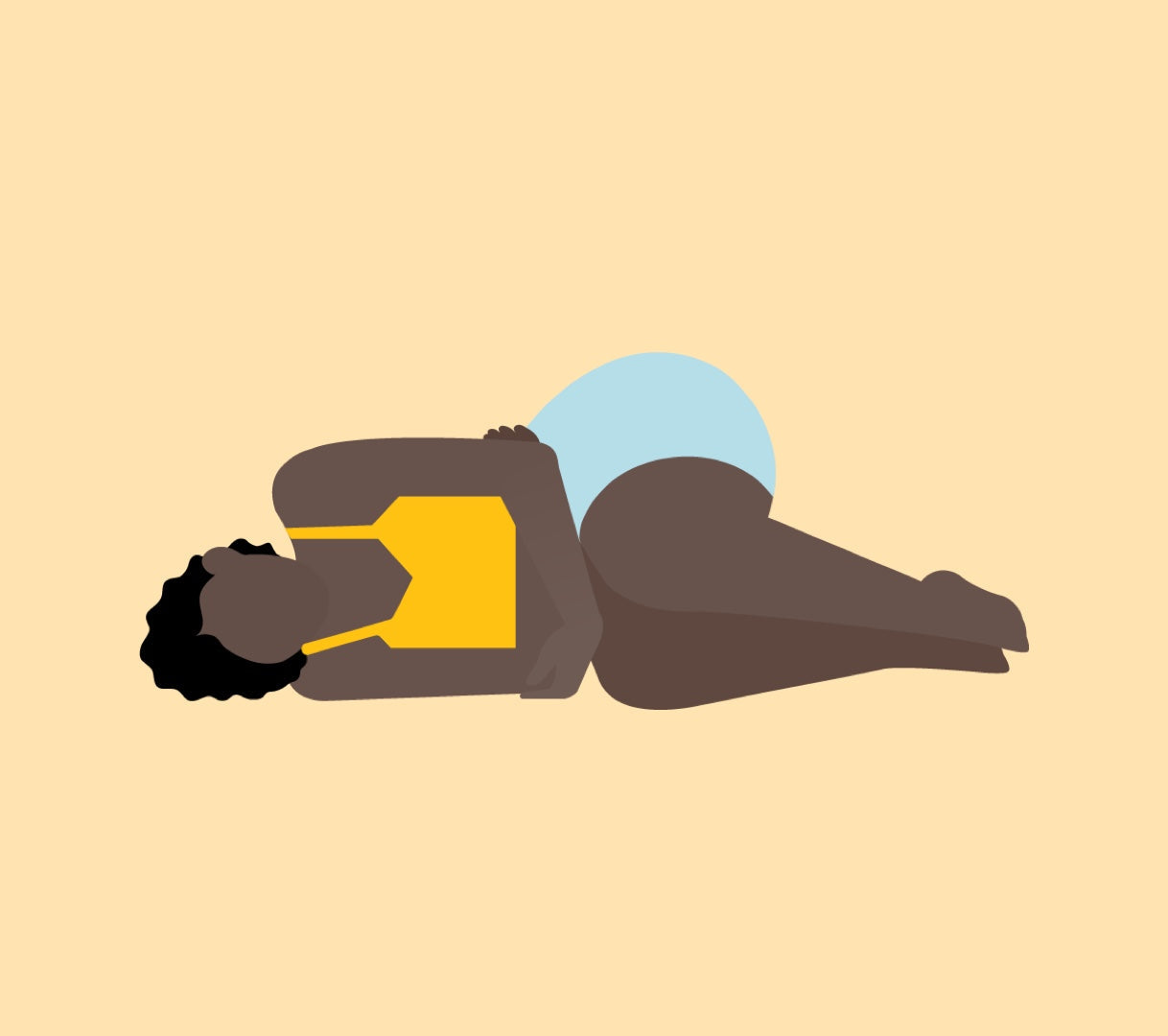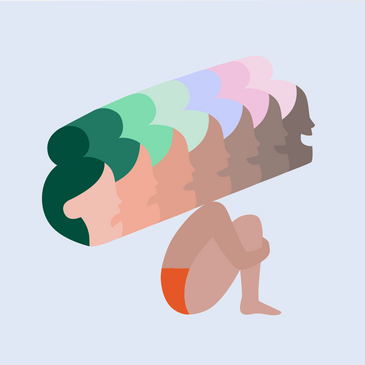Bodily does not provide medical advice, diagnosis, or treatment. The resources on our website are provided for informational purposes only. You should always consult with a healthcare professional regarding any medical diagnoses or treatment options.
What is it?
In the postpartum period, it’s common to experience contractions — it’s how the uterus shrinks back to size. These contractions feel like short, sharp cramps in the abdomen — sort of like menstrual cramps or labor contractions. They should decrease in intensity each day postpartum.
How common is it?
They’re common and normal — contractions are actually helpful for the body. They not only signify that the uterus is shrinking back to its pre-pregnancy size, but also compress the blood vessels where the placenta was attached, helping to prevent postpartum hemorrhage.
How long does it last?
Postpartum contractions usually last for about seven to 10 days, and they’re sporadic, unlike labor contractions. Pain-wise, they’re usually strongest on the second and third days postpartum and can strike during breastfeeding or pumping. Oxytocin, a hormone triggered during breastfeeding, also brings on contractions.
What can be done about it?
Here are some ways to cope with painful postpartum contractions:
OTC pain relief
Take an over-the-counter pain reliever. A 2011 study found that aspirin and other NSAIDs (like ibuprofen) were effective for postpartum cramps. These drugs are considered safe to take while breastfeeding.
Heating pads
Apply heating pads to the abdomen and/or gently massage the lower belly.
Labor coping techniques
Whatever coping techniques worked during labor contractions could help with postpartum contractions as well.
When should I be worried?
If postpartum contractions cause extreme pain, you’re experiencing significant bleeding (needing to change your maxi pad more than once an hour) or you have a fever over 100.4, contact your healthcare provider immediately.
Want to learn more about birth recovery?
Surprised by what you've read? There's a lot that happens during postpartum, and it can be overwhelming. Bodily's Guidebooks lay it out and answer your questions in an easy and digestible way — both for you and your supporter.






